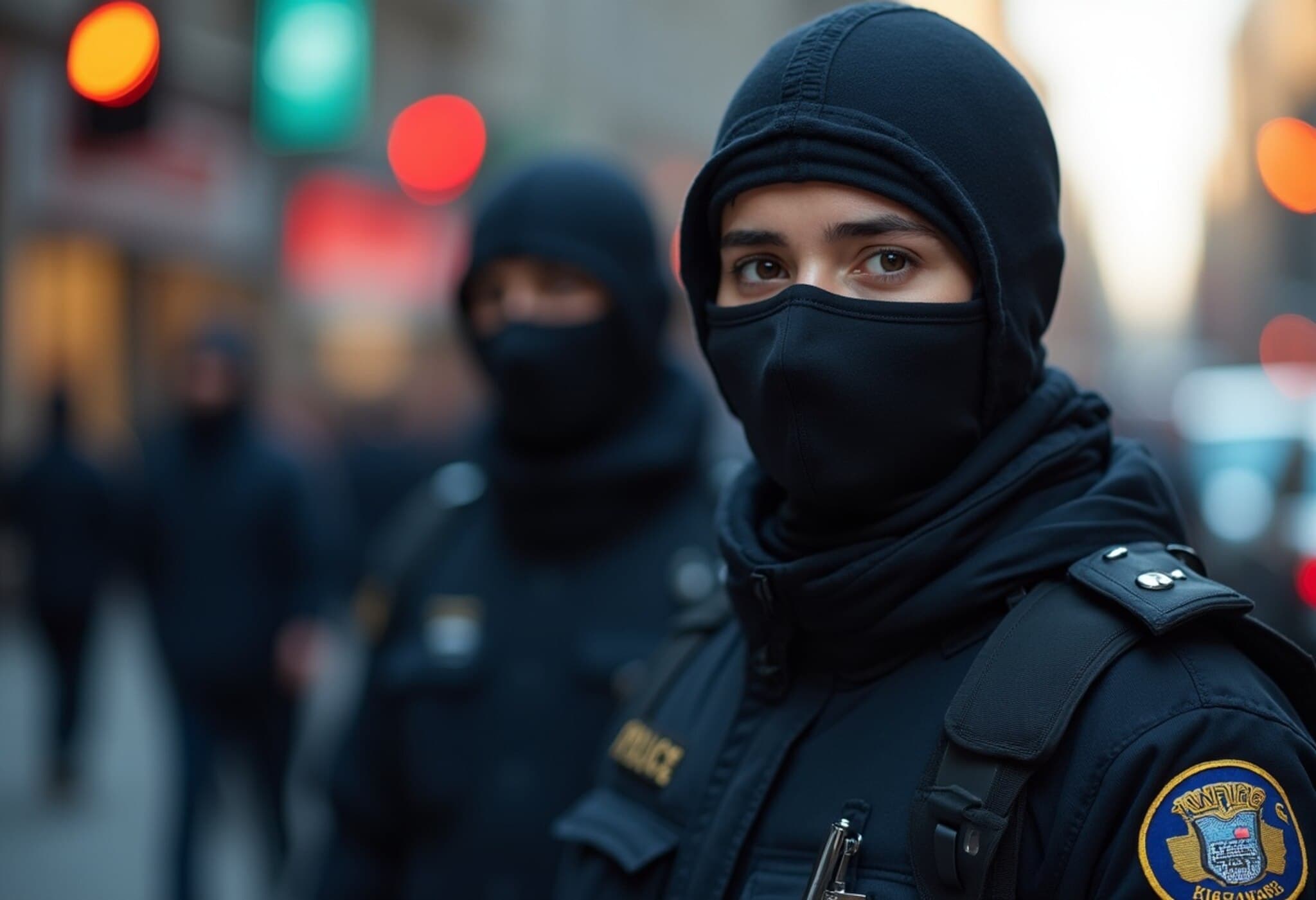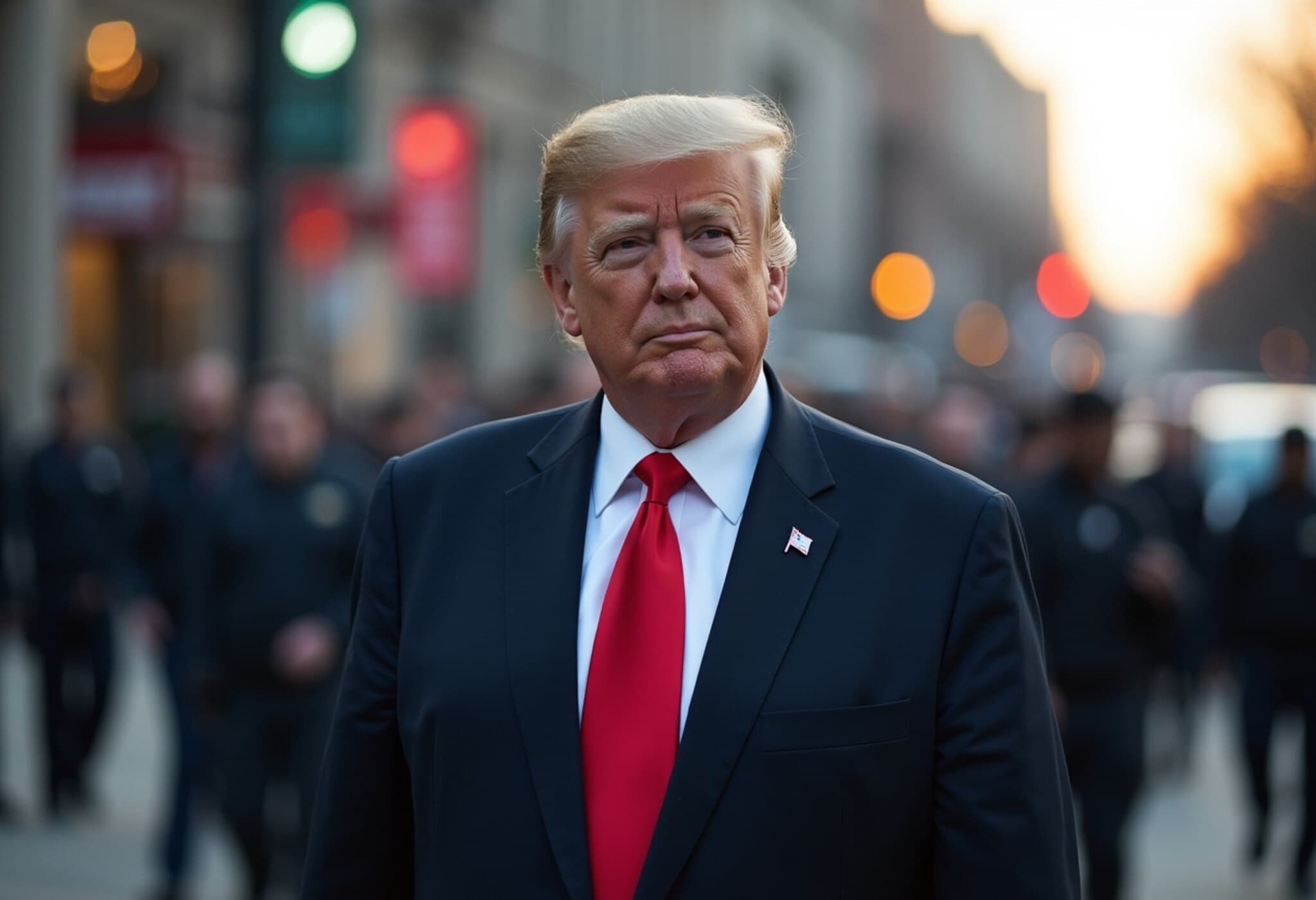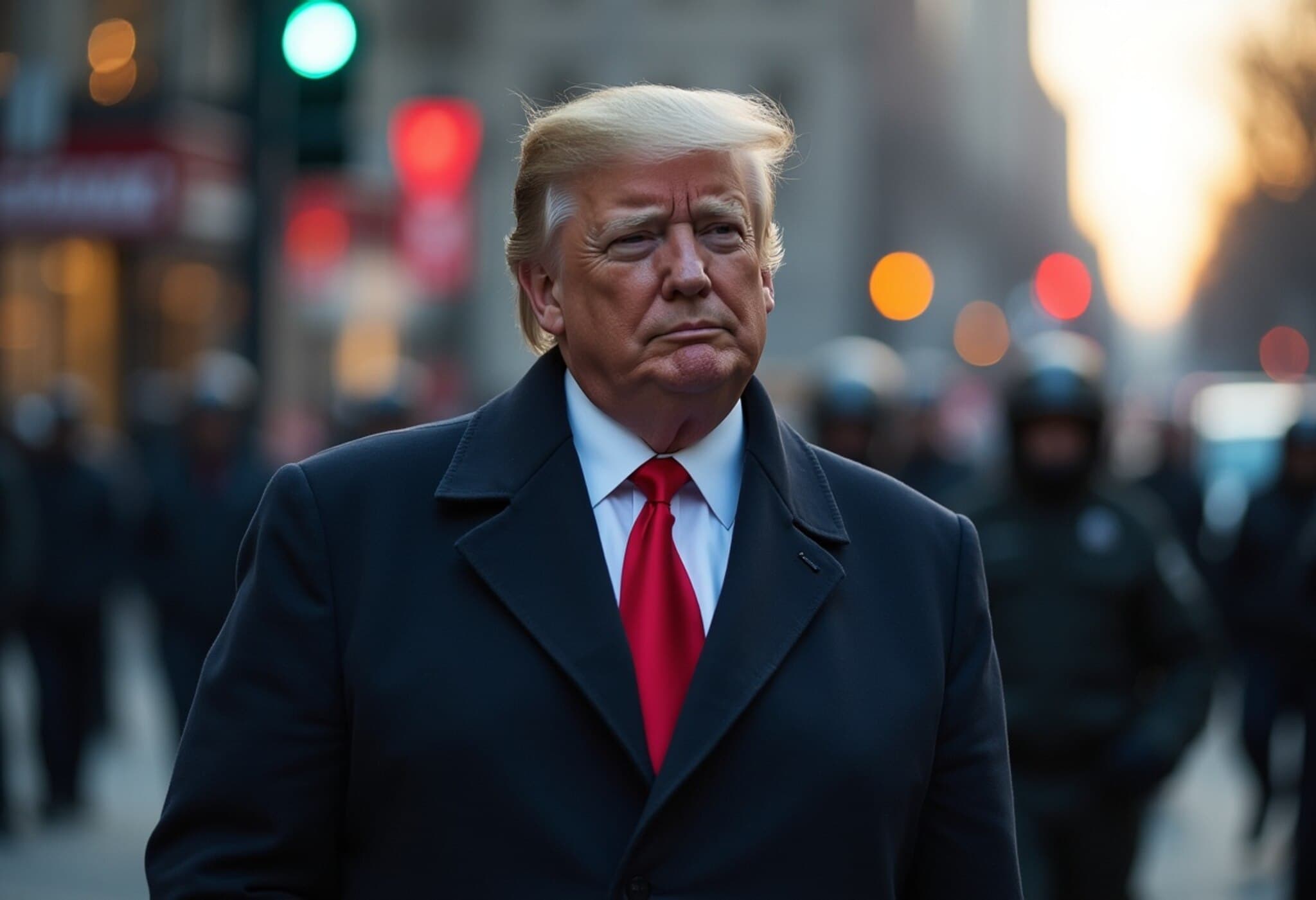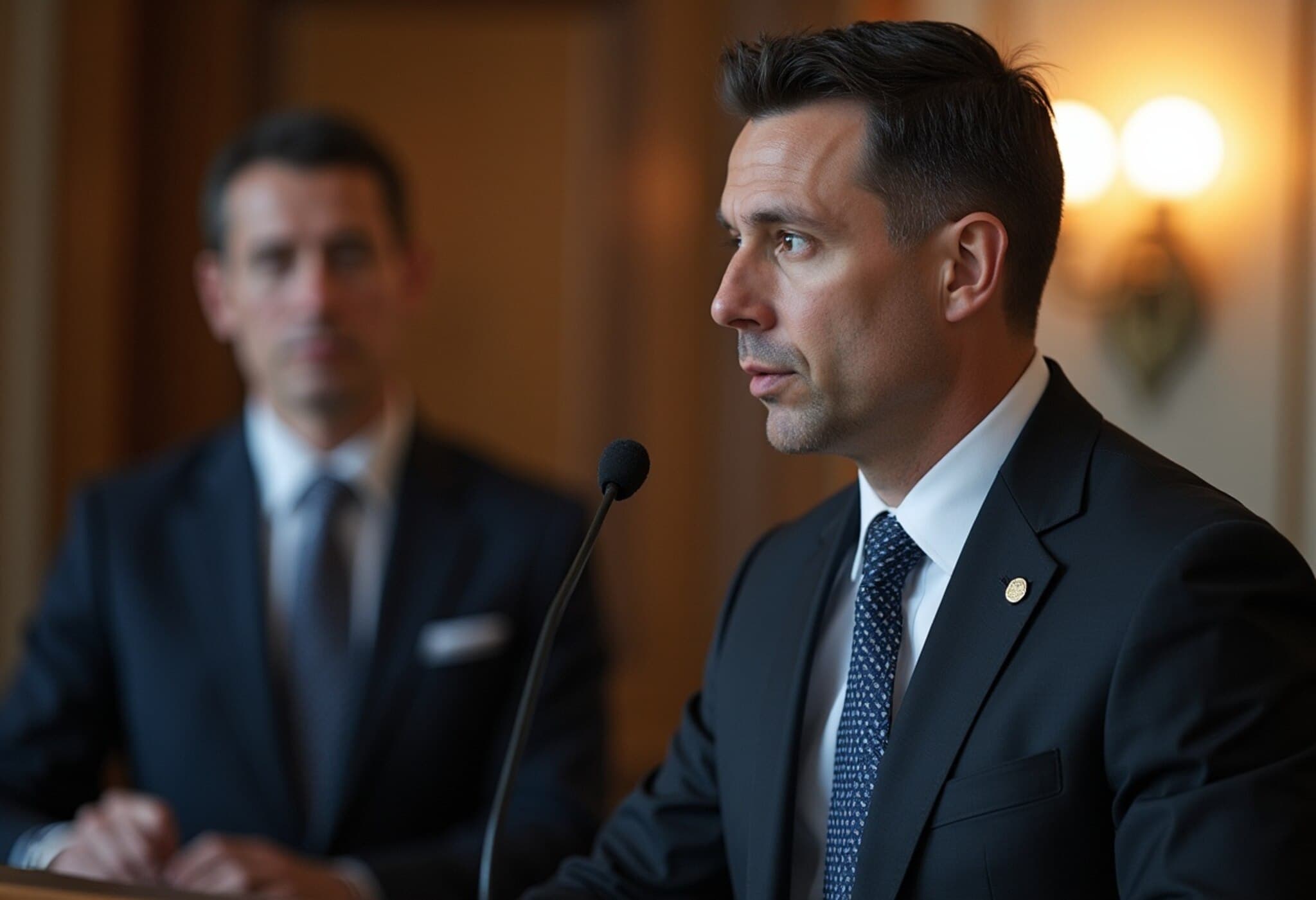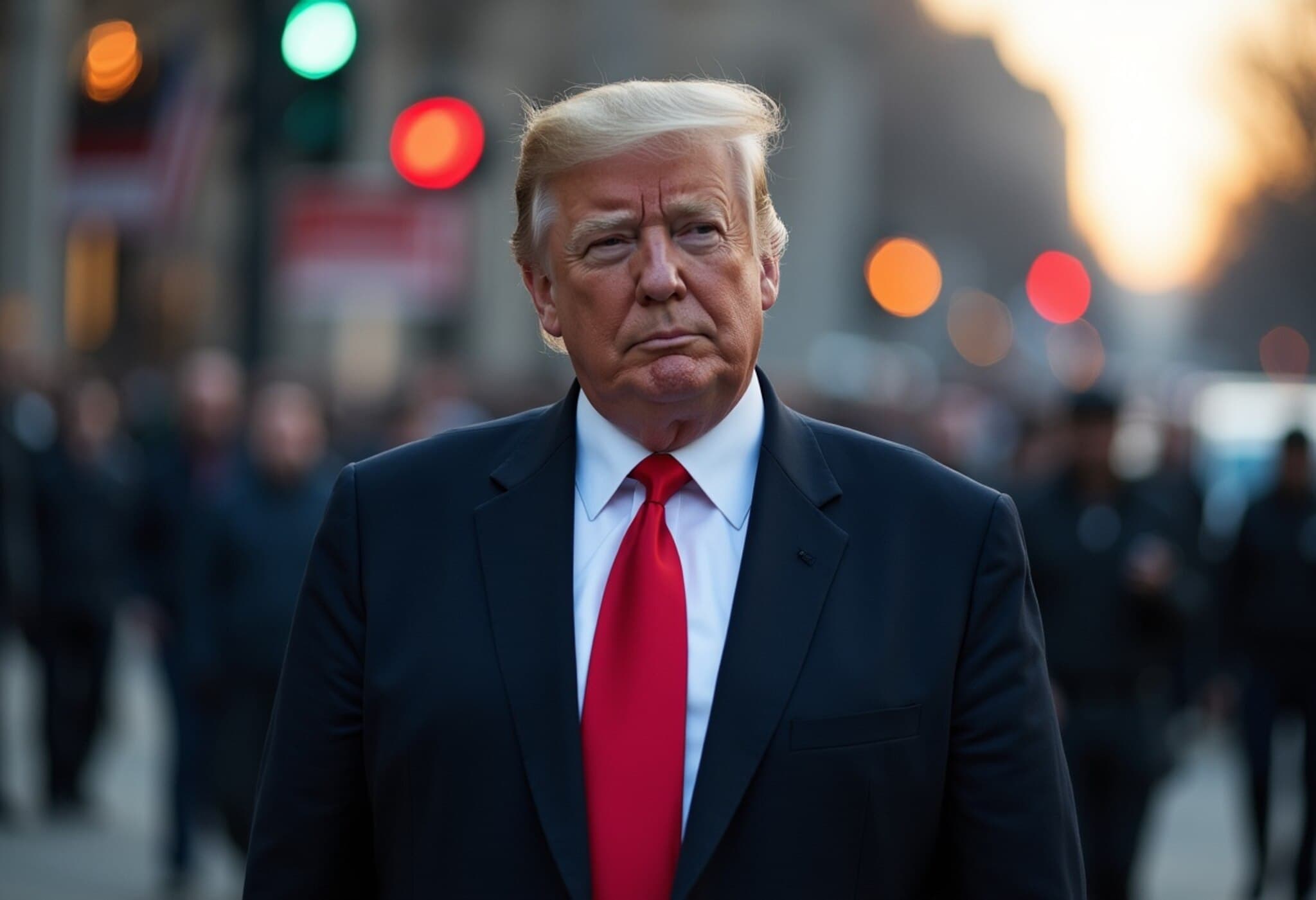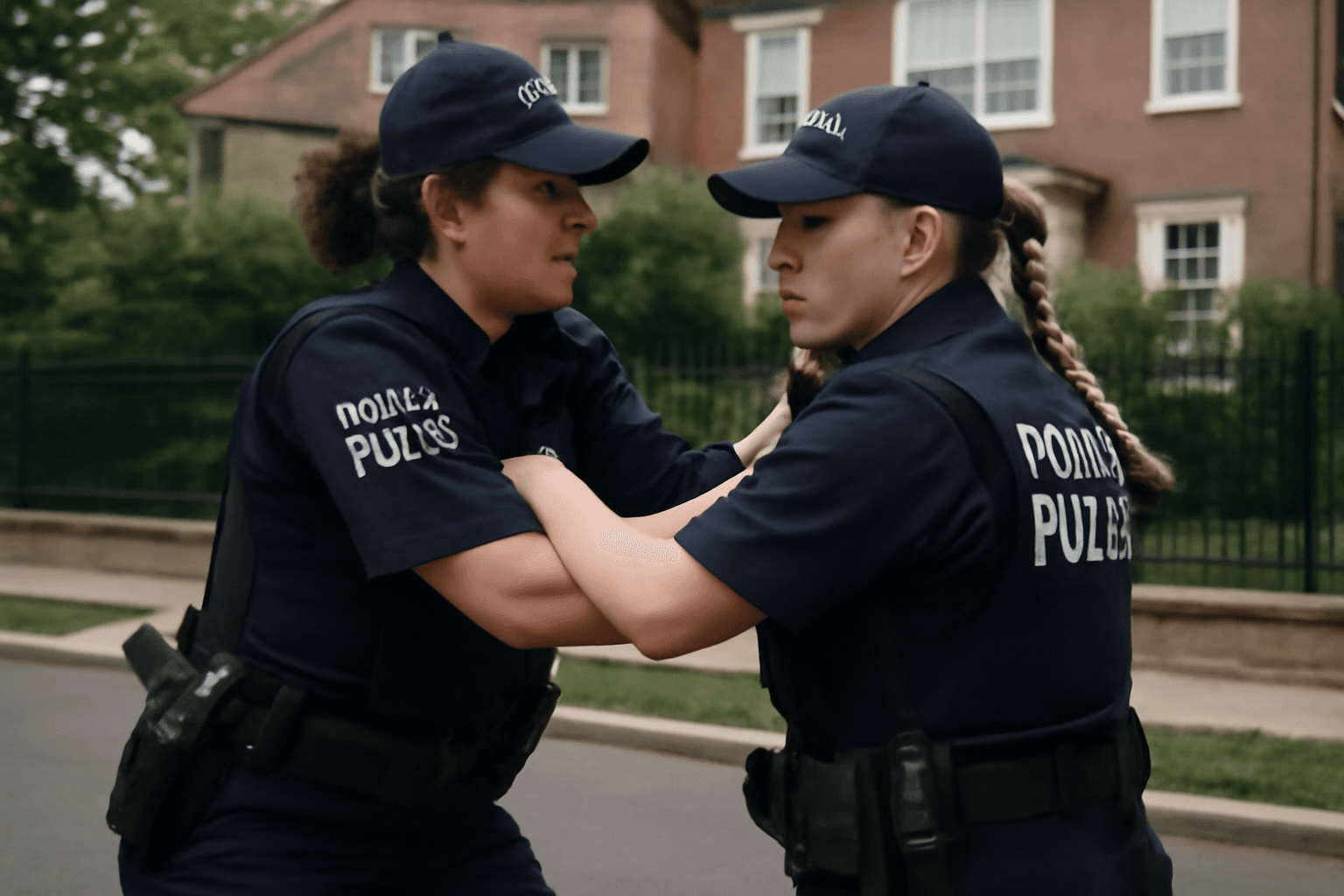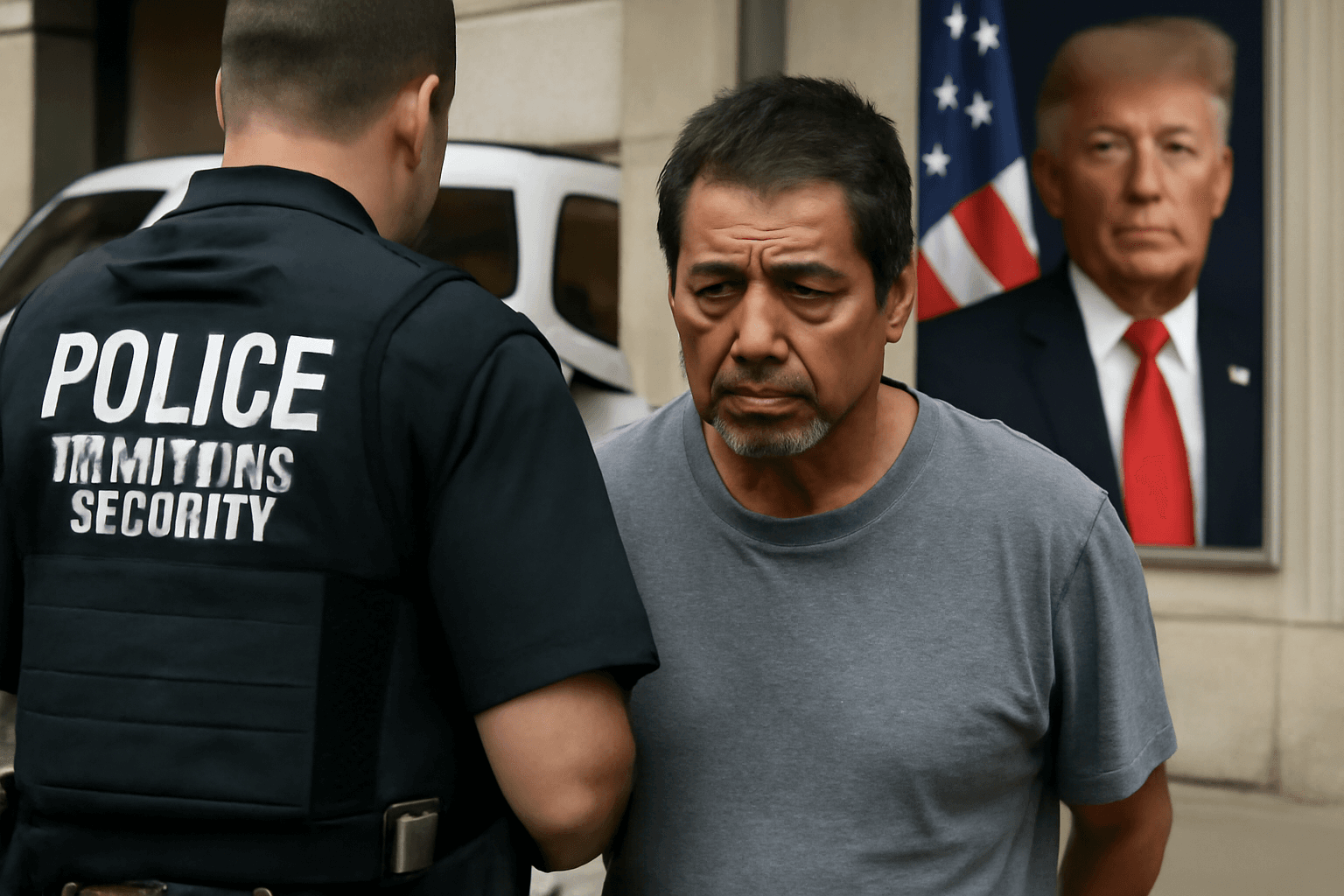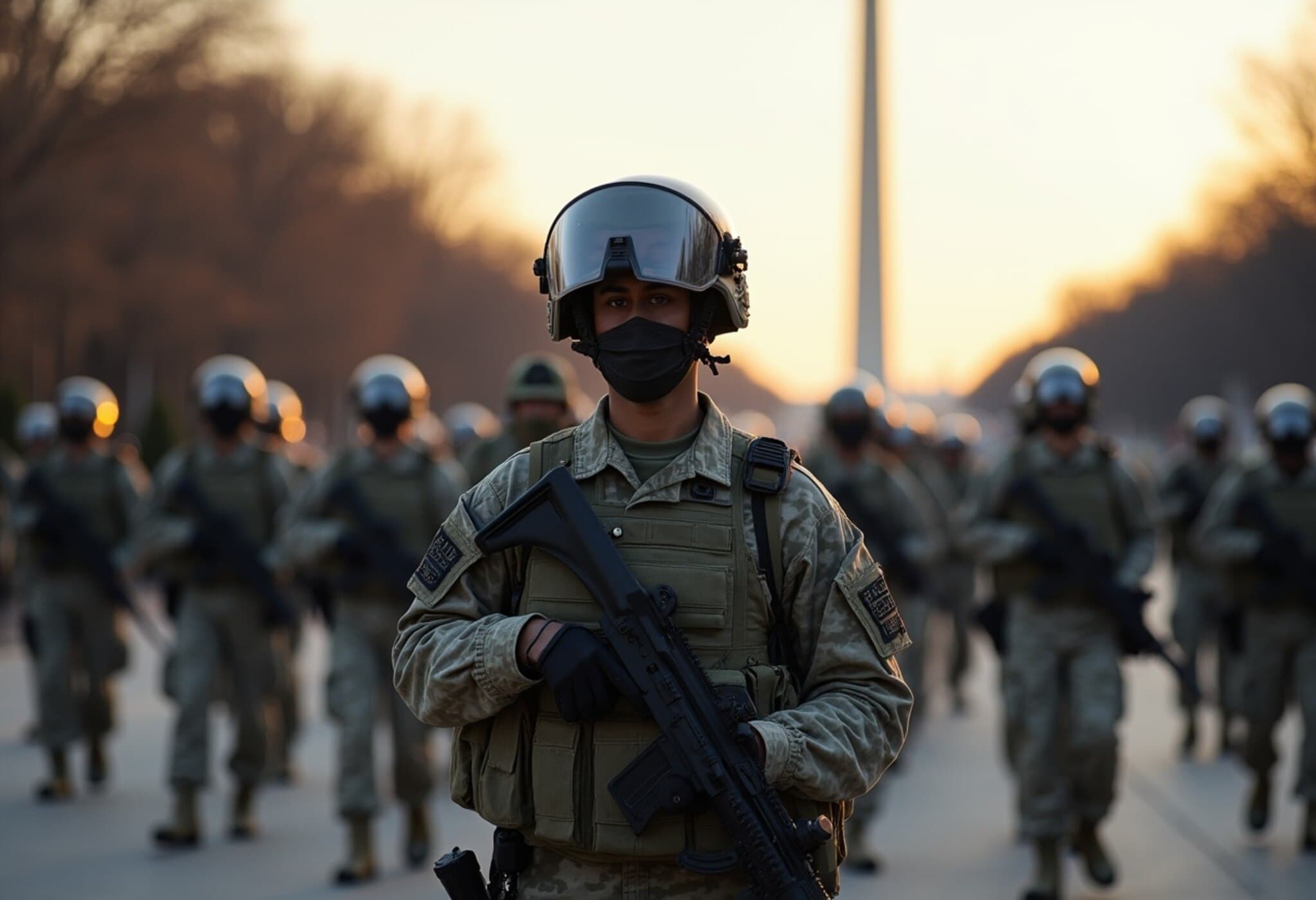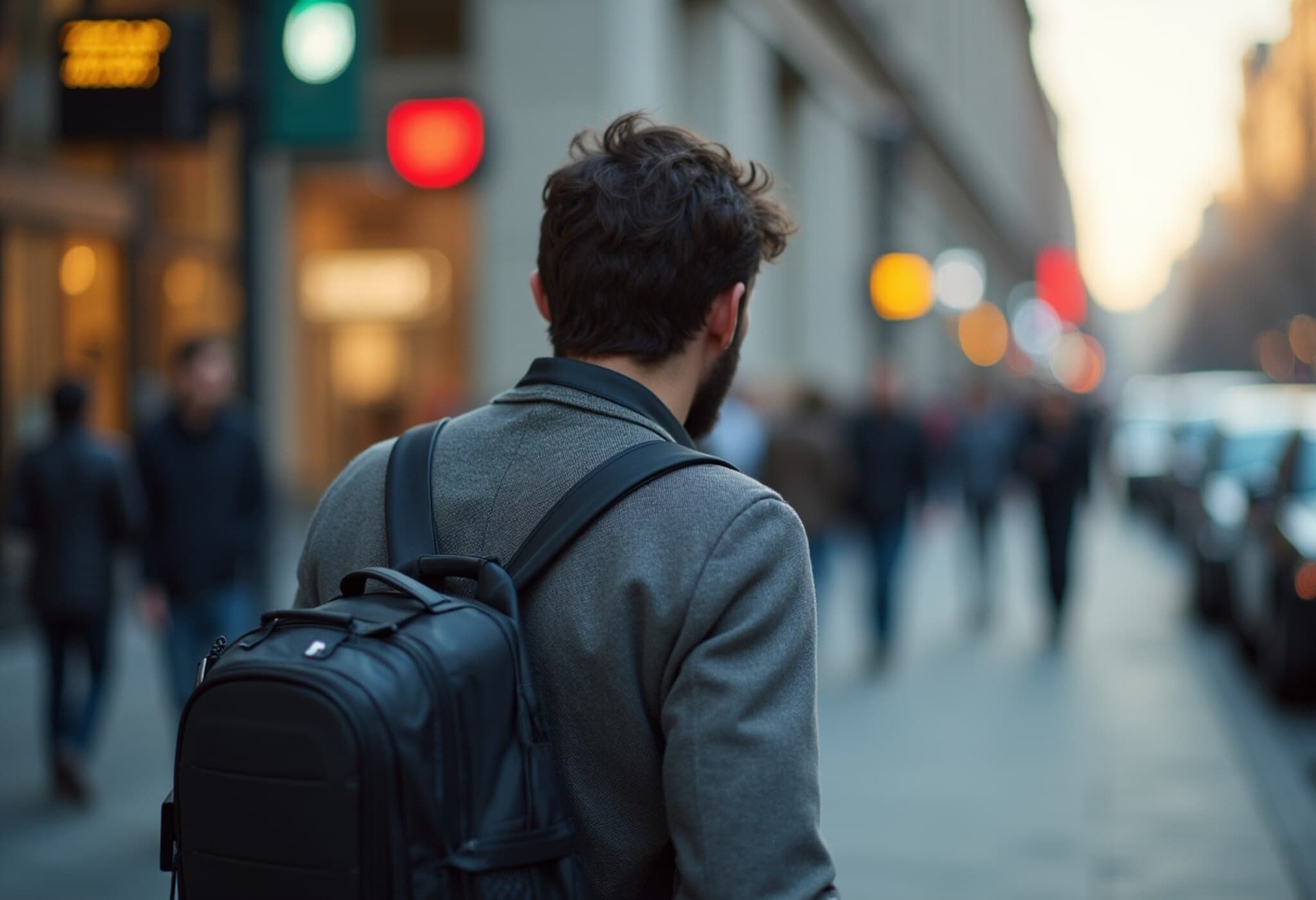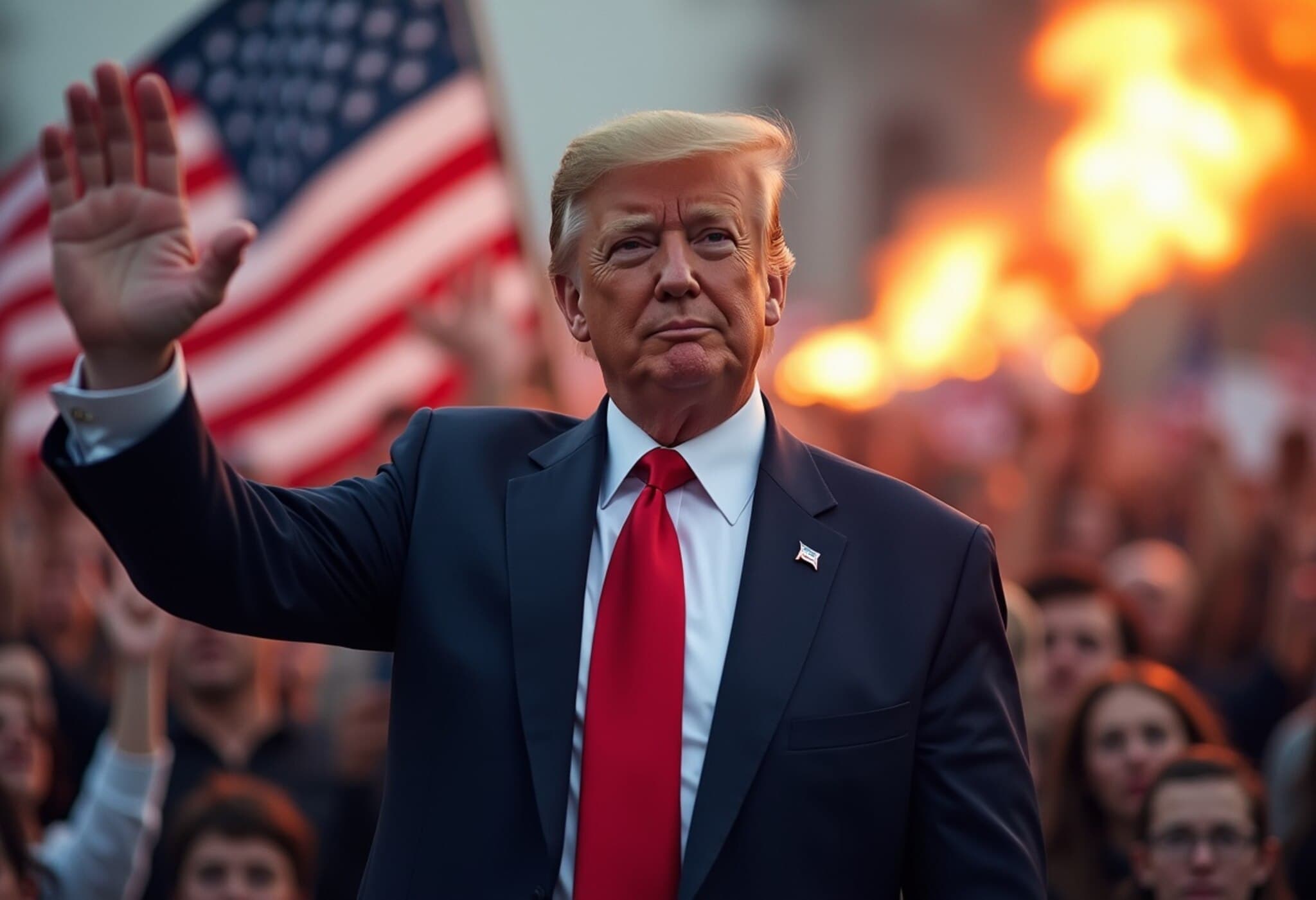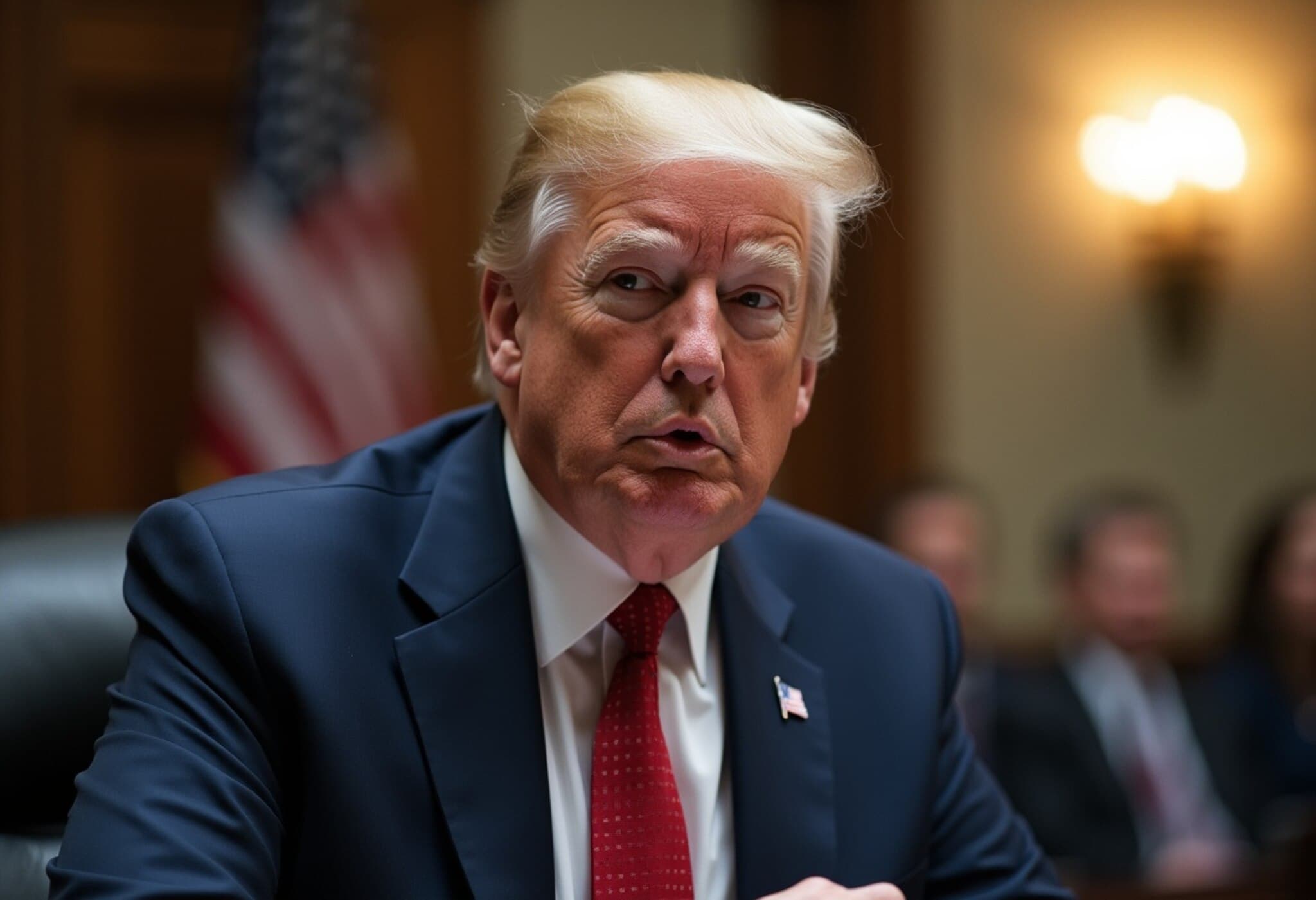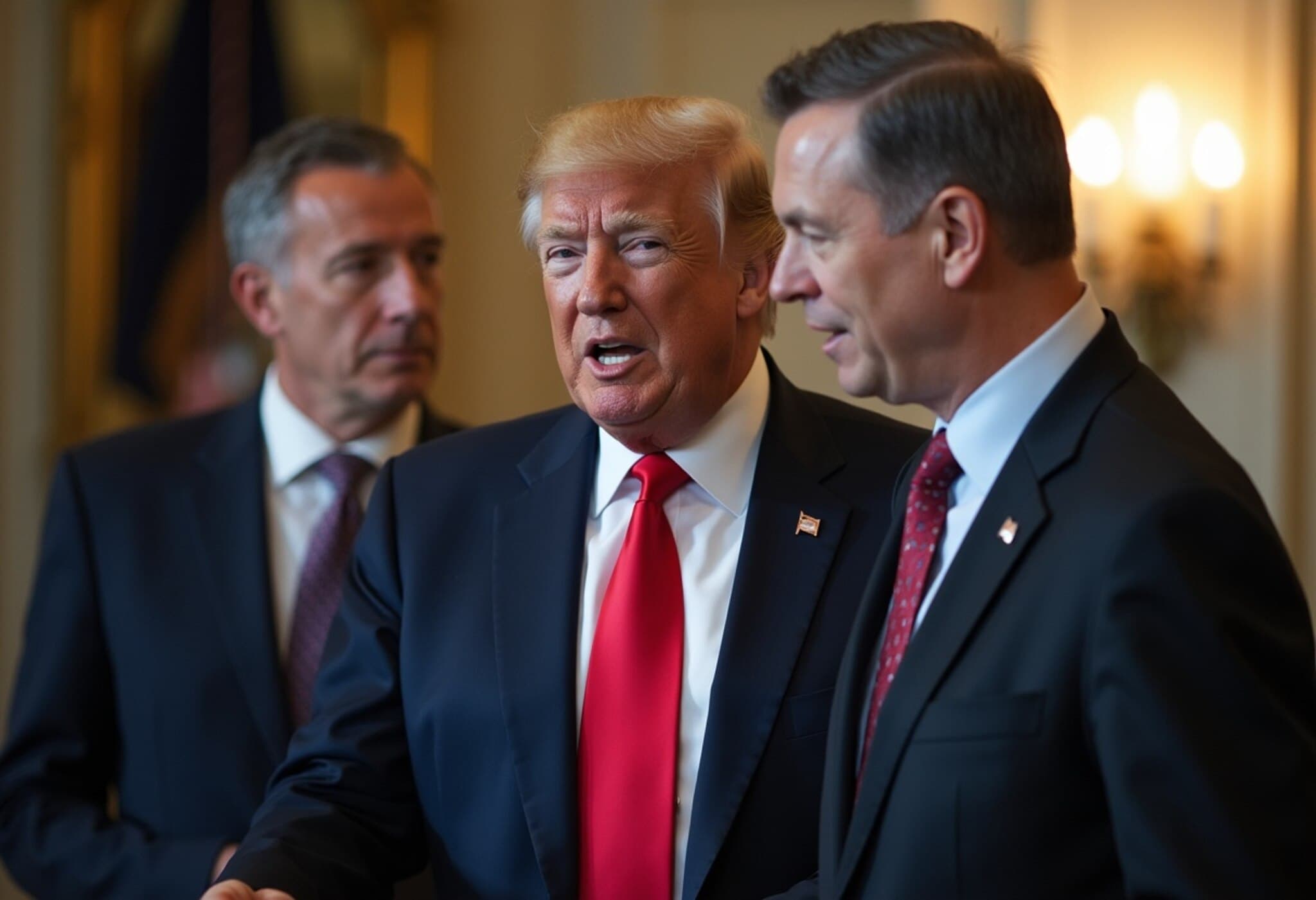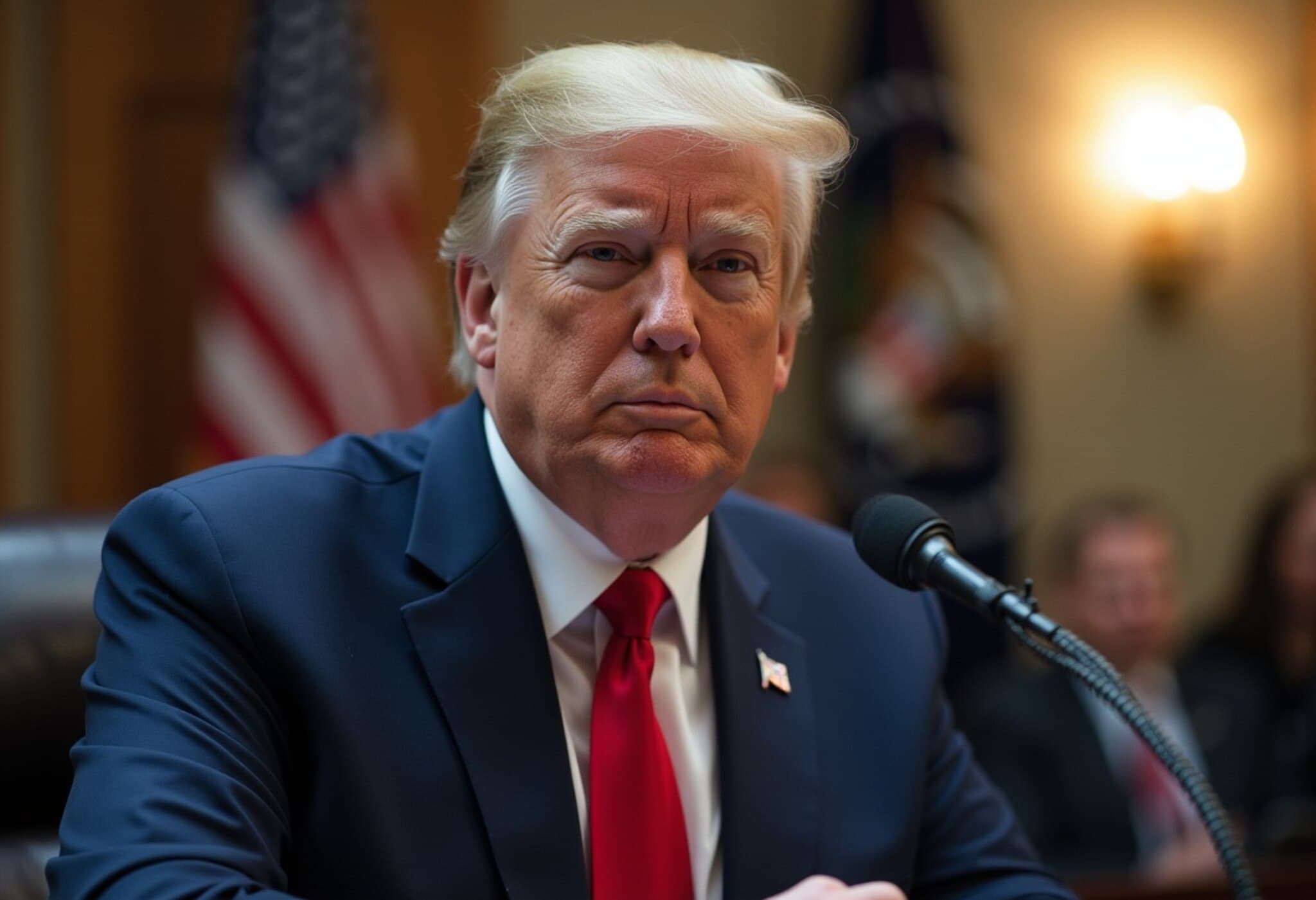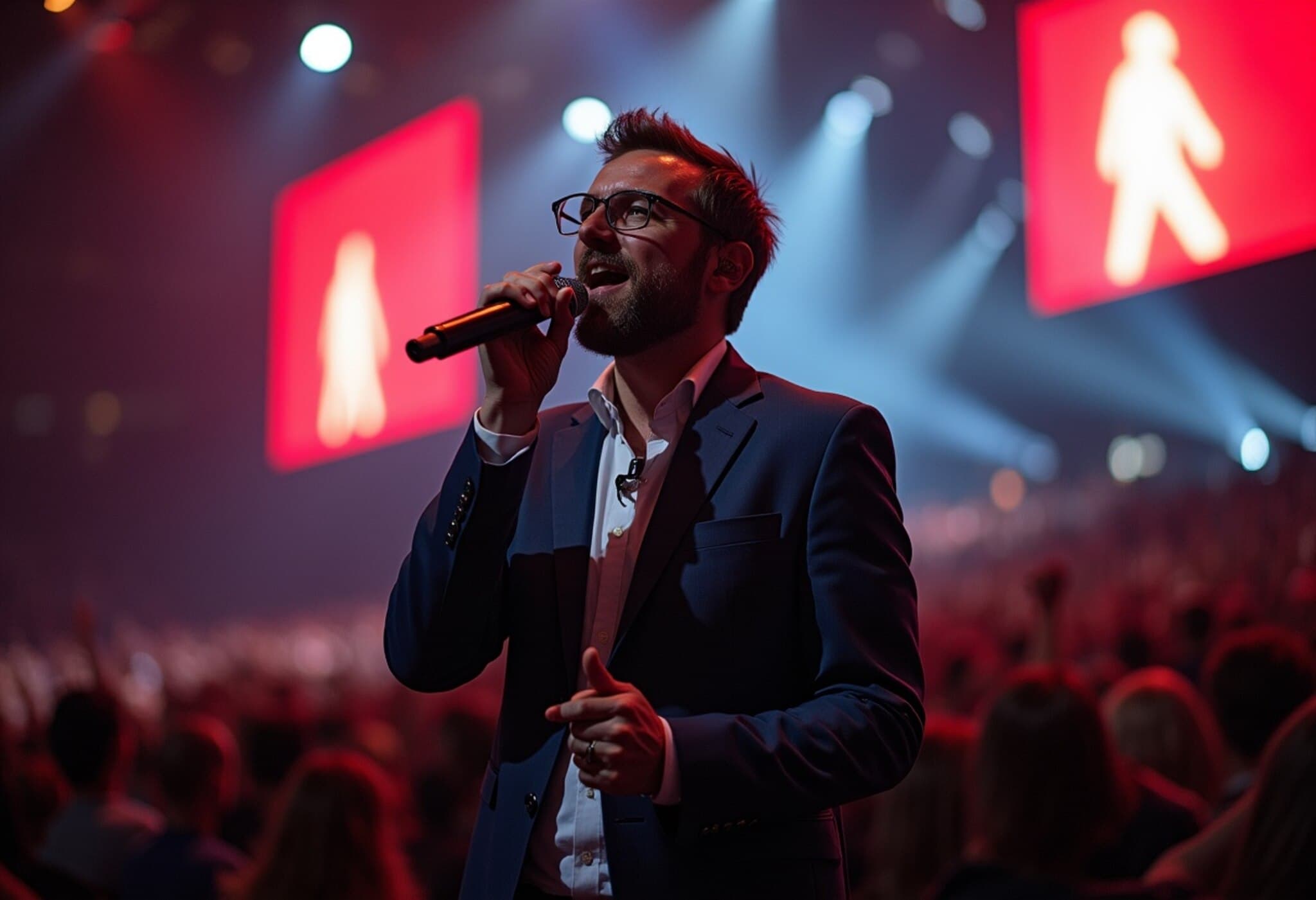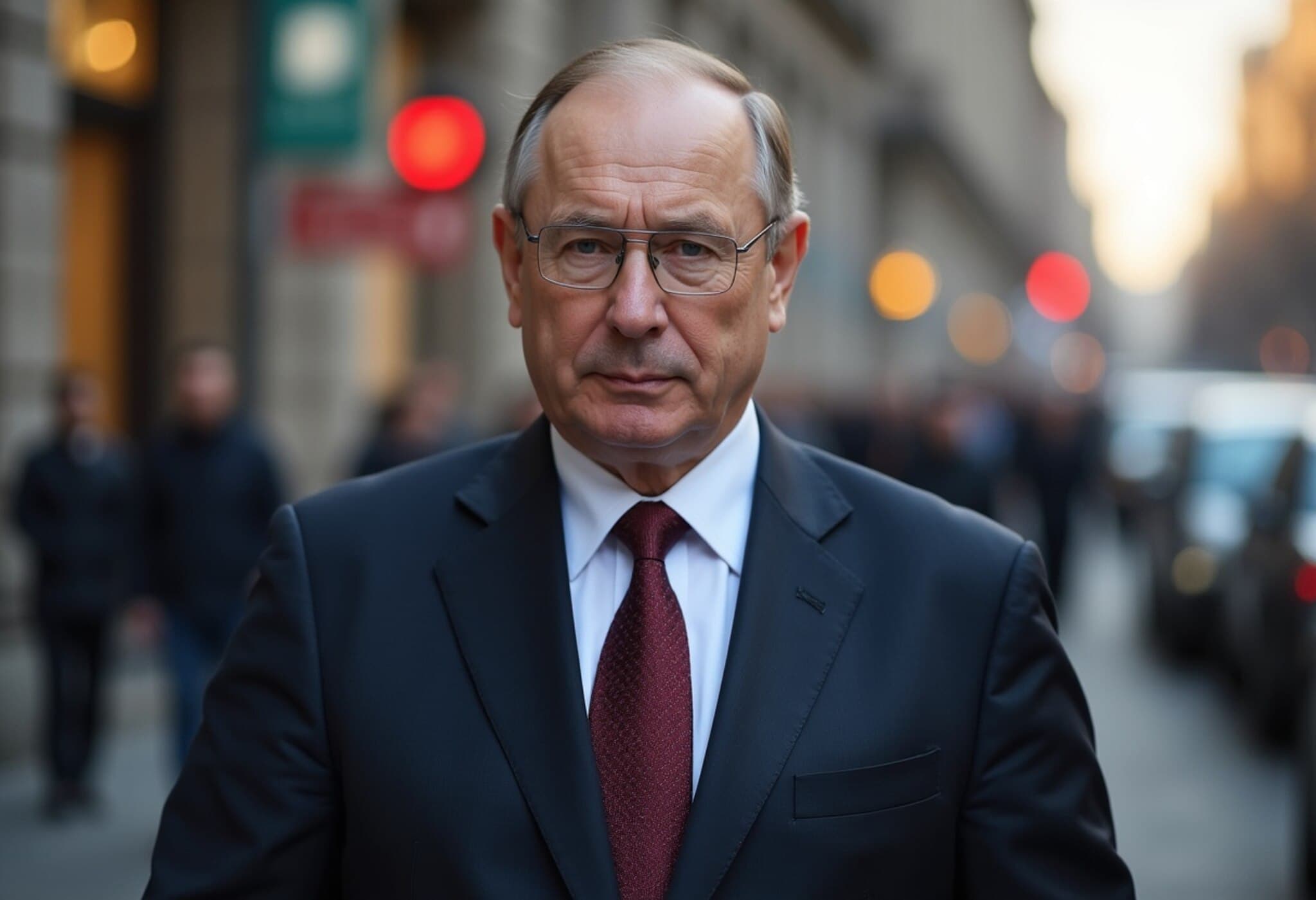The Rise of Masked Officers: A New Symbol in American Policing
By mid-2025, a striking and unsettling image has become part of the American landscape: immigration enforcement officers wearing masks during crackdowns authorized under the Trump administration. These masked agents—concealing their faces with balaclavas, neck gaiters, and dark sunglasses—have become a polarizing symbol, stirring debate about transparency, accountability, and the evolving dynamic between law enforcement and the public.
Unmasking a Controversy: Safety Claims Versus Public Fear
U.S. Customs and Border Protection and Immigration and Customs Enforcement (ICE) officials argue that mask-wearing is a necessary protective measure. Acting ICE director Todd Lyons has stated that these agents have faced intensifying harassment, threats, and the risk of personal exposure via doxing, justifying concealment as a safety precaution for officers and their families. "If what you're doing is right, why not show your face?" he remarked defiantly amid criticism.
On the flip side, many Democrats, state attorneys general, and civil rights advocates push back, warning the masks sow fear and diminish attempts to hold law enforcement accountable. As a coalition of senators noted in a recent letter, masked agents in workplaces and public venues contribute not only to confusion but to a climate of intimidation.
Historical and Cultural Dimensions of Masked Authority
The cultural weight of masked figures in American consciousness cannot be understated. Since the days of classic Westerns, where masked bandits threatened lawful citizens, to the negative portrayals of hooded figures in comics or criminal media, masks have symbolized anonymity often linked to illicit or violent acts. This perception clashes deeply when law enforcement—who are expected to represent justice openly—adopt such concealment.
Furthermore, the tradition of American law enforcement emphasizes transparency and the fundamental right of citizens to face their accusers. Masked police or paramilitary units have often been associated with authoritarianism abroad, making the current trend appear contradictory to core democratic values.
Expert Perspectives: Ethics, Power, and Public Trust
Tobias Winright, a moral theology professor with law enforcement experience, underscores the ethical paradox: "If you're operating within the boundaries of the law and righteousness, why hide your identity?" He warns that widespread mask-wearing risks deepening distrust between communities and police, potentially escalating an already fraught polarization.
Alison Kinney, author of "Hood", notes the differentiated meaning of symbols depending on context. "The state invests law enforcement officers with power and protection," she explains, "but this comes with responsibility—officers must remain visible and accountable to the public they serve." Masking undercuts that responsibility, threatening the fragile social contract underpinning policing.
Historical Parallels and Warnings
The most infamous historical example of mask-wearing to hide identity in the United States is the Ku Klux Klan, whose members donned masks to carry out racist violence anonymously. Elaine Frantz, a historian specializing in Reconstruction, argues masks enable dehumanization and violence by creating a barrier between perpetrator and victim—akin to a riot shield.
While current masked immigration officers are a far cry from such extremist groups, this historical lens offers a cautionary context. It reminds us masks are not neutral—they carry symbolic freight that influences perceptions and behavior.
Local Adoption and the Road Ahead
The phenomenon is expanding beyond federal agencies. Nassau County, New York, recently authorized local police to don masks when collaborating with immigration officials. This move has sparked concerns from experts like Winright, who fear such policies exacerbate mistrust and harm both officers and community relations.
In an era where public confidence in law enforcement is critical, initiatives that erode openness may have unintended, destabilizing effects. Transparent policing is essential to bridging divides, yet masked enforcement seems to push in the opposite direction.
Conclusion: Navigating the Tension Between Security and Accountability
The rise of masked law enforcement agents encapsulates a broader national struggle: balancing officer safety with public transparency; enforcing laws rigorously while preserving civil liberties and trust. It shines a spotlight on unresolved questions about policing culture, power dynamics, and American identity.
As this issue unfolds, policymakers, law enforcement leaders, and communities must wrestle honestly with whether masking shields genuine threats or instead hides the very accountability foundational to democratic policing.
Editor's Note
The image of masked immigration officers in 2025 is more than a procedural detail—it’s a flashpoint in America’s ongoing conversation about justice, security, and democracy. This development forces us to ask: How do we protect those who enforce the law without sacrificing the transparency that keeps that enforcement legitimate? And what does it mean for societal trust when agents of the state choose anonymity over openness? These questions merit urgent attention as policies evolve.

